This article was inspired by a podcast I heard at Positive Energy, where I have yet to hear a podcast that I didn't want to listen to a second time, so check them out if you're like me and you think listening to building science makes mundane tasks like folding laundry a joy. This particular episode was about phase change building materials (PCMs) and how they can be incorporated into buildings to improve energy-efficiency by harnessing a naturally-occurring physical reality, 'the melting point'.
When looking for commercially available phase change drywall and other building materials, we first came across Thermal Core, a drywall product said to contain microscopic acrylic capsules of a substance called Micronal, a high-purity paraffin wax that melts at 23°C (73°F). In order to make the change from solid to liquid, these beads need to absorb energy from the air. It doesn't appear they are available in North America unfortunately as this would be a fantastic addition to homes that were attempting to reach Zero Net Energy, as it an provide comfort and help balance home temperatures with reduced energy demand for heating and cooling.
With very little testing information available we're not comfortable making claims as to how well this or any other such products work, how long they will continue to work, and whether or not it is cost-effective. But we really love the concept.
There seem to be a few other manufacturers supplying phase change drywall, but none in North America yet. They would be DuPont Energain, Knauf Comfortboard and Alba balance® from Saint Gobain. We cannot advise you as to what their distribution zone is however, but calling the company to ask is how they get the message to widen their distribution range!

That said, here's how phase change drywall with paraffin wax beads works - as the air temperature warms the drywall to the melting point of the Micronal beads, they change from solid to liquid. This process absorbs energy and cools the air of your house. Energy is then stored in your walls, in the form of tiny sealed beads of liquid that used to be solid when your home was 22°C. A lot of unwanted heat is removed from the air to make that happen.
The walls at that point wouldn't be any hotter to the touch; the energy is used to cause the phase change from solid to liquid. This would help balance temperatures in a building and could reduce, if not eliminate, the need for air conditioning. And it would all happen without requiring an external input of energy.
To really wrap your head around this, think back to the days before we had refrigerants. Ice was harvested from frozen rivers in winter, stored, and delivered all summer by horse and carriage to keep the original refrigerators cold, known then as an ice box. The block of ice sucked up the heat in the icebox as it melted, keeping food cold.
Using that example on a larger scale, you could in theory cool your house by having a large chunk of ice in it that absorbed heat from the air; but that wouldn't reduce energy consumption because you would need supplemental energy to cool it again in order to repeat the process. Were ice to melt and freeze at room temperature, that process would cost you nothing. That's the beauty of how PCMs can work in buildings, by having a room temperature melting point.
More on that in a moment, but to backtrack a bit, this builder is about to take some liberties in describing the laws of physics. This could leave some engineers and physicists cringing over terminology and my somewhat freewheeling explanation of the laws of thermodynamics, but I'm going to stick my neck out here anyway.
One thing to realize, is that there is really no such thing as cold, there is only heat and less heat. Above absolute zero (–273°C or –460°F), all molecules are moving, and what we call 'temperature' is just a measure of that. So a thermometer in your home is really a speedometer telling you on average how fast the air molecules are moving.
Understanding phase change:
A 'change of phase' occurs when any substance freezes, melts, turns from vapour to liquid or vice versa. This process either absorbs or releases a lot of energy as the bonds between molecules are either broken or created. For example, ice will begin to melt at 0°C as it absorbs energy from its surroundings, and it will stay at a constant 0°C temperature for the entire time it takes for that melting to occur.

Ice molecules are stuck in lattice, but oscillating in a fixed position. Left in a warm environment, those molecules will absorb energy from the air, reducing the velocity of air molecules (i.e. cooling the air). As the molecular vibrations of the ice increases, it breaks the bonds in the lattice, causing the ice to melt.
Only when the ice has completely melted will your newly-formed puddle of water begin to rise in temperature again (assuming it is in a warm environment of course) until the next phase change occurs, when it evaporates. Each phase change absorbs energy from the surroundings, meaning, it makes the air cooler in the process. The principle behind phase change building materials is to take advantage of that process.
So, if you have something in your home that changes phase at room temperature, you can to a degree, regulate the temperature of your home with no supplemental energy input. That, in layman terms, could translate into a certain amount of free cooling and heating, due to the ability to absorb heat, store and later release it.
 |
|
PCMs can keep homes more comfortable by reducing the swing between high and low temperatures of a natural daily cycle © Mindset Online
|
This is not some magic bullet that will eliminate entirely the need for air conditioning in summer; all that energy is still in the building in latent form, and your PCMs would need to solidify before the sun comes up the next day or you will not reap the benefits of another phase change.
This can happen in your home by opening windows at night to expel unwanted heat, but this isn't always a functional solution if you think about office towers with windows that don't open. In such commercial applications though, what it can do is postpone the need for cooling until off-peak hours.
Even just that has very tangible benefits - by shifting the cooling load to off-peak hours, you take much of the burden off the grid during times of peak demand, and in provinces with wildly-fluctuating power rates, you could drastically reduce your cooling costs by having a lot of it happen overnight.
While there is very little of this type of technology currently on the market and it's impossible to vouch for its effectiveness, it's a promising concept that can and should be experimented with. Wax for example, can very effectively be used as a phase change thermal battery.
The very idea of keeping a building at room temperature no matter the season, is something of an uphill battle against the laws of physics. We can't change or break those laws, but this is a case where we could use them to our advantage.


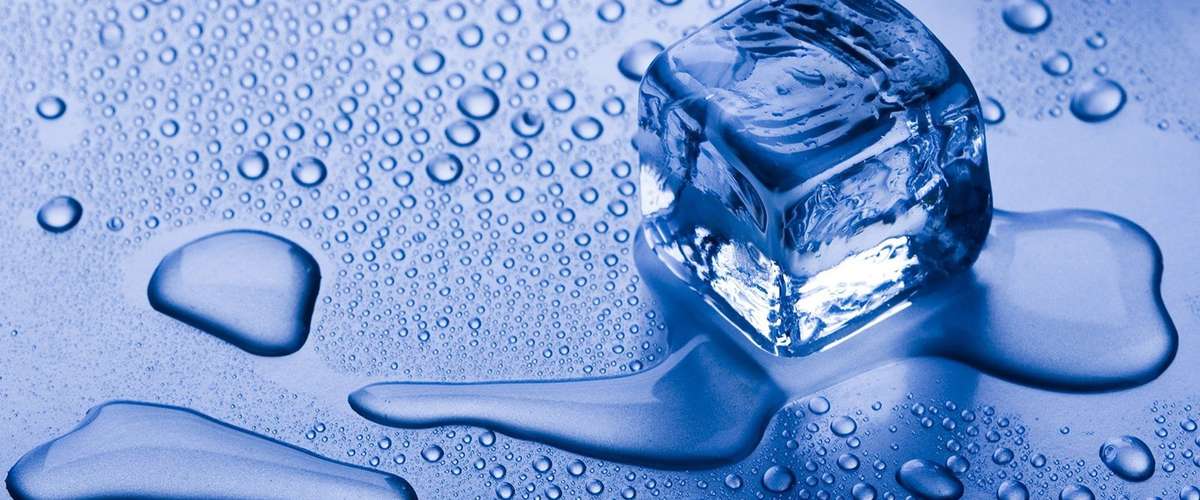















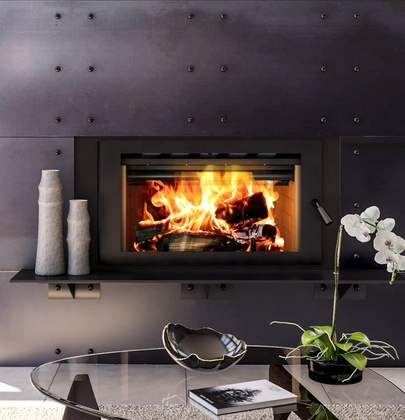

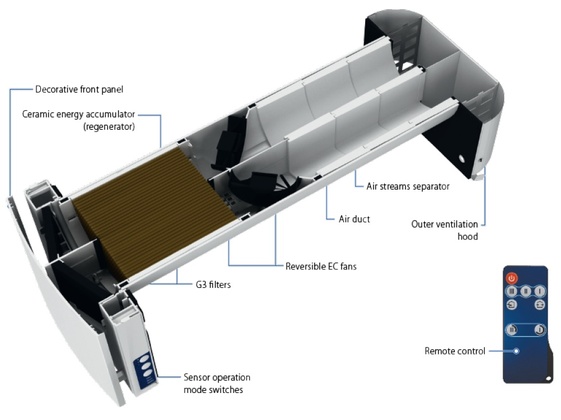

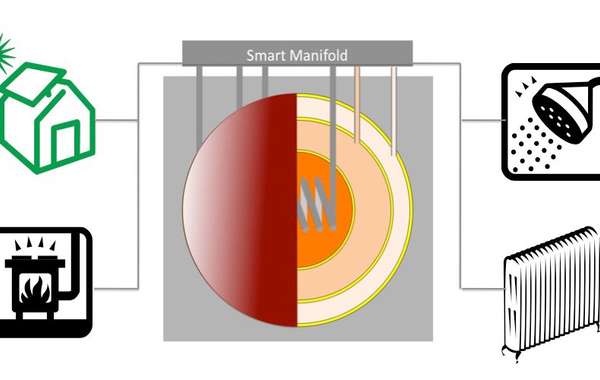
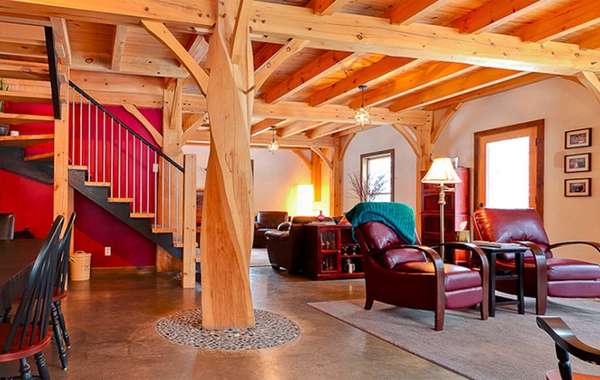
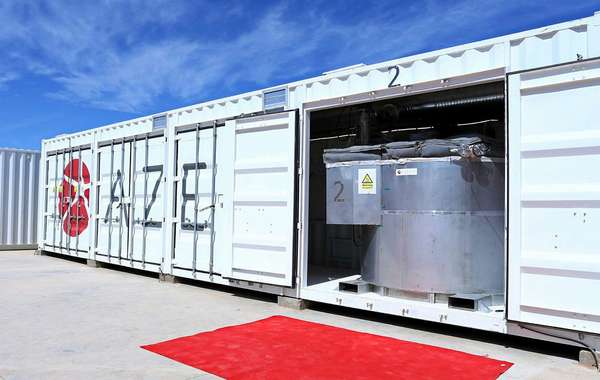
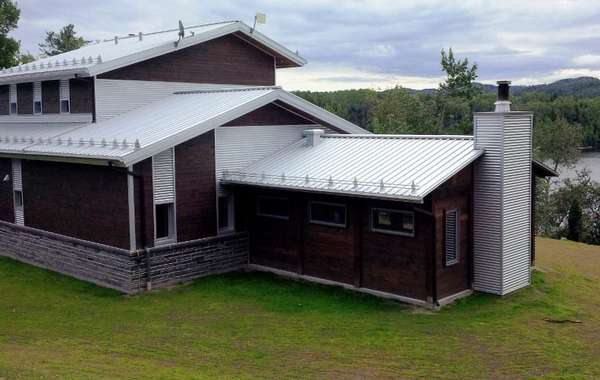
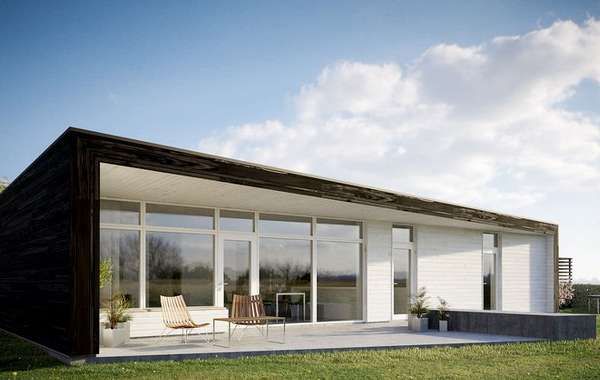
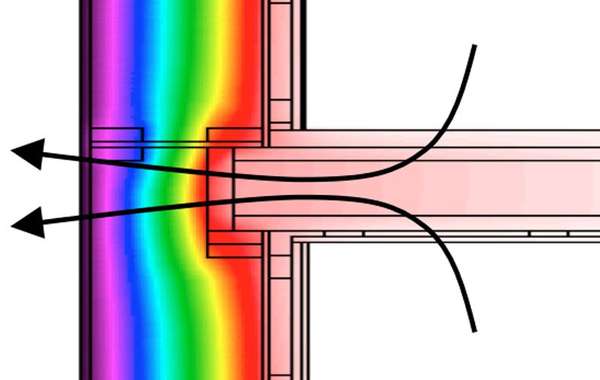
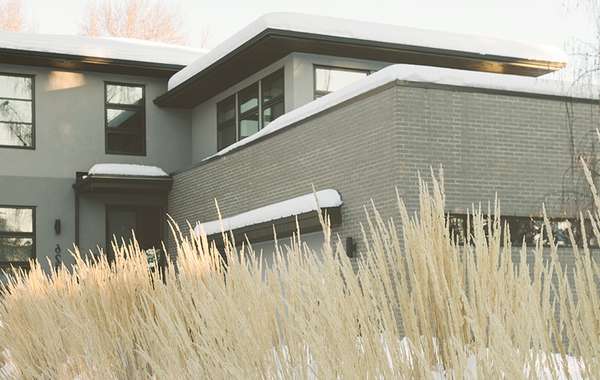
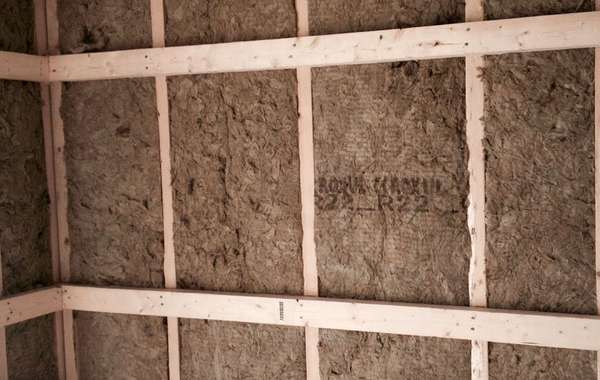

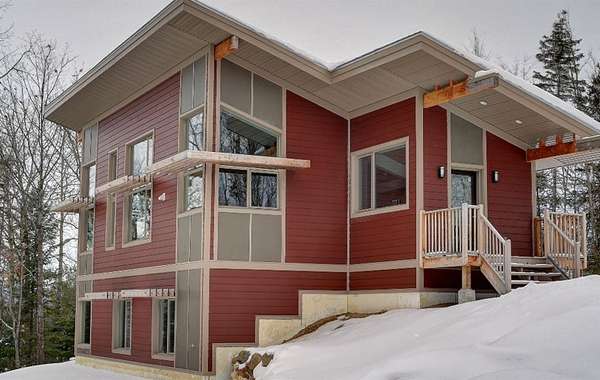

Very interesting, hadn't heard of this before! How would this work for hot, humid climates like the southern coastal US? Removing humidity could be a problem here, else would these walls "sweat"?
Hi Noah,
That’s a really good question, and I assume you are referring to the beads in the dry wall. And if so, no, you wouldn’t find condensation forming on the walls since they wouldn’t be cooler than the air in the home. The walls would absorb heat when the air is warm, so the walls would really be warm too. When the air cools, they will be a bit warmer than the air. Any mass wall (like stone, concrete or brick) would probably be at a greater risk of acting as a condensing surface, and if you did for some reason have condensation forming, I would say you have a serious moisture issue and you badly need a dehumidifier. Thanks for that one, it took a moment of head scratching! Cheers.
Humid warm climates in the US are still using non-phase change gypsum drywall. Gypsum (calcium sulfate salt hydrated with water) is somewhat protected by the paint coating, and it is stable in a wide range of humidity. Its just becomes a waste material if ever saturated.
In regions using this material, how does cost compare to non PCM drywall?
And what are the challenges to distributing/marketing in the USA? Are they regulatory, and if so, are there hazards that can be mitigated in design and construction?